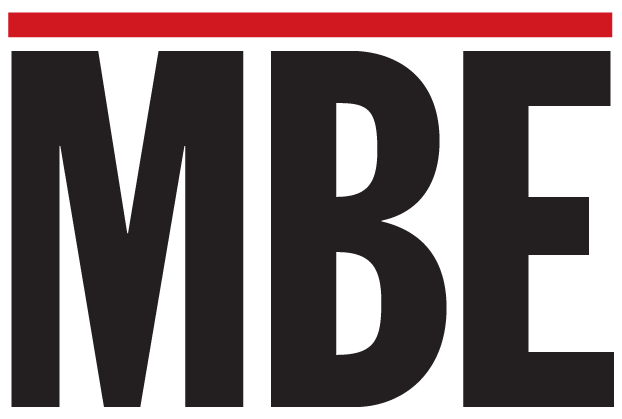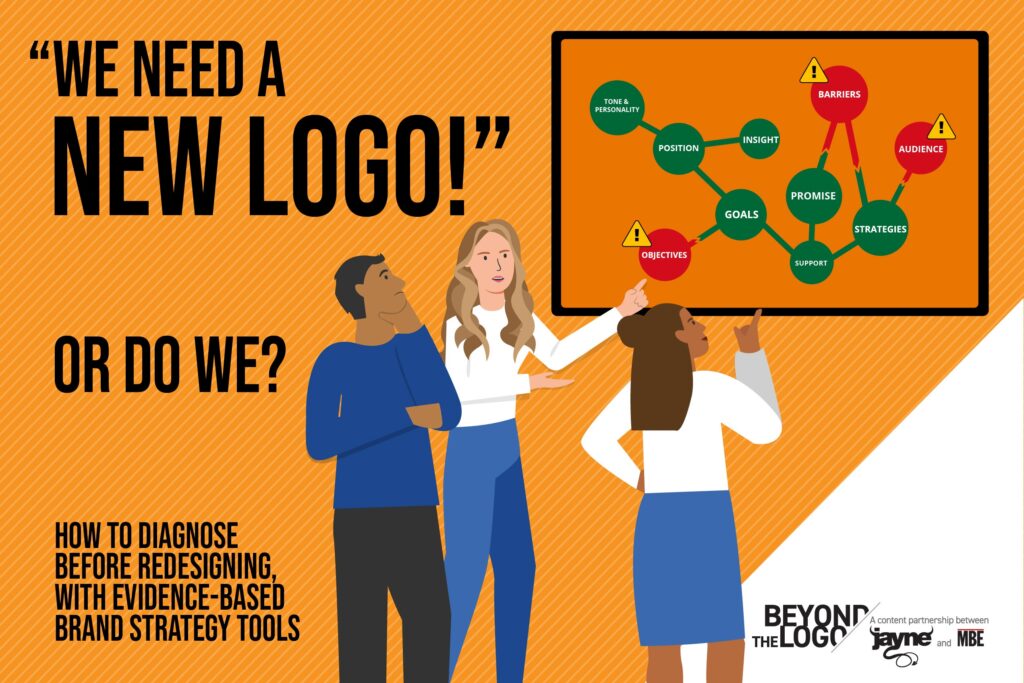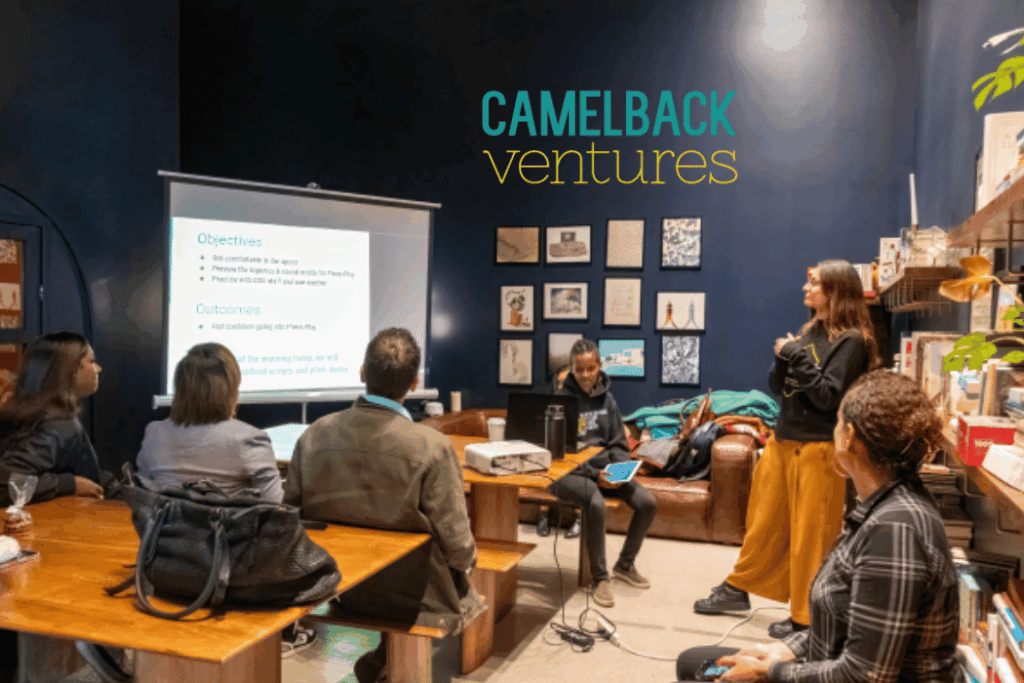
In a world where everyone’s fighting for attention, true leadership presence isn’t about volume—it’s about substance. Meet the coach who’s redefining what it means to command a room.
When Salvatore Manzi’s father would return home from speaking engagements, he’d be absolutely electric with energy. Young Salvatore watched this transformation with fascination, thinking, “I want to figure this out. I want to do it too.” But when he finally stepped onto stages himself, something was missing. His own internal imposter syndrome—the voice that whispered he didn’t belong in the spotlight as a gay man—kept him from showing up fully.
That struggle became his superpower. Today, after 20 years of working with data-driven leaders, scientists, financial advisors, and founders pitching to investors, Manzi has cracked the code on something most people misunderstand: leadership presence isn’t about being the loudest person in the room. It’s about projecting confidence, commanding attention, and inspiring trust through authentic connection.
The Myth of the Loudest Voice
“The loudest in the room is going to get attention for a moment,” Manzi explains. “The most entertaining and charismatic are going to get the attention for a moment. But after that moment, people look for substance.”

This revelation challenges everything we’ve been taught about leadership. We’ve been conditioned to believe that presence equals performance—that to command attention, we must be bombastic, entertaining, or naturally charismatic. But Manzi’s approach to leadership presence is radically different.
“Presence is where authenticity and comfort come together,” he says. “It’s when you can be comfortable being authentic. That’s where presence lives.”
For Manzi, presence isn’t about putting on a show. It’s about being fully yourself while bringing your complete message forward from a place of comfort. Yes, you might still feel nervous or anxious—that’s real—but you’re able to deliver and show up anyway.
The Introvert’s Secret Weapon
Here’s where Manzi’s approach gets revolutionary: most communication training is designed for extroverts, focusing on polishing existing charisma. But what about the brilliant introverts who think before they speak? The leaders who are more comfortable with data than small talk?
“As an introvert, we think before we speak,” Manzi notes. “There’s the thinking too long before we respond, and people start to think that the porch light’s not on and nobody’s there due to the delay bias. But there’s gold when we do speak—we’re adding real value. We’re making a thoughtful contribution.”
Manzi, who identifies as an introvert himself, has spent two decades developing strategies that help introverted leaders own their strengths without faking charm or charisma. The goal isn’t to become someone else—it’s to be 100 percent yourself while letting the space make room for you.
Take Barack Obama, whom Manzi cites as a master of introverted leadership presence. “He allows people to know he’s an introvert, but he thinks before he speaks. He owns the space, and he refined it.” Obama didn’t become president by being loud; he developed his presence through deliberate practice, teaching classes, and learning to show up with authority little by little.
The Science of Space, Silence, and Stillness
Here’s where Manzi’s coaching gets tactical. He’s identified three concrete categories that determine how we show up: space, silence, and stillness. These aren’t abstract concepts, they’re measurable behaviors that exist on a continuum between what he calls “agency” and “relational” behaviors.
Agency behaviors are sovereign—you’re looking out over your kingdom with full authority. Relational behaviors are more like the jester—making everyone else comfortable, creating space for others, often at the expense of your own presence.
“We all know how to behave if we get pulled over by a police officer,” Manzi explains. “We know the behaviors that we’re meant to adopt and show. That conditioning, especially for those of us from minority or targeted groups, is counterproductive to certain contexts where we need to show up.”
Space: The Physical Foundation of Presence
When pitching to investors or leading a team meeting, high agency means taking up space. “My elbows are out, away from my body. When I’m talking, I’m gesturing with my elbows away from my body. My shoulders are back and down. My head is up, my chest is kind of puffed up. I spread my stuff out on the table in front of me.”
This feels counterintuitive for many people, especially those from marginalized groups who’ve been conditioned to make themselves small. But there’s science behind it: when you start taking up more space, physiologically, you begin to feel like you can have agency in that space.
Silence: The Power of the Pause
High agency leaders are comfortable with silence—with the discomfort that comes when there’s a stretch of quiet in negotiation or conversation. “It’s often said that in sales tactics, the person who speaks first is the one who’s going to lose,” Manzi notes.
His technique? Master the anticipatory pause. “I don’t want you to pause at the period or comma—people expect that. Master the pause in places that don’t necessarily feel like they need a pause.”
Stillness: Moving with Intention
A person with high agency doesn’t move around frantically. They use graceful, intentional gestures and move about 5 percent slower than everyone else in the room. “You’re going to appear to have greater confidence for no reason whatsoever,” Manzi explains.
The Cultural Context of Leadership Presence
Manzi’s global experience working across cultures has taught him that leadership presence isn’t one-size-fits-all. He distinguishes between high-context and low-context cultures, each with different expectations for how leaders should show up.
In high-context cultures like Japan, leaders communicate with subtle cues—a slight adjustment to their face or eye to indicate they have a question. In low-context cultures like America, leaders interrupt, raise their hands, and spell out every detail.
“If you’re navigating different cultures, be mindful of how they operate,” Manzi advises. “You have to re-tune yourself to watch different cues as you’re interacting with people.”
From Imposter to Authority
What makes Manzi’s approach so compelling is that it comes from lived experience. He understands the conditioning that tells certain people they don’t belong in the spotlight, don’t deserve a seat at the table, don’t have a voice in the room.
“I developed strategies and techniques to help leaders wrestle with and navigate all of those feelings that make us feel that we’re not necessary,” he says. “What I learned is that presence can be taught. It’s overcoming our own conditioning and our own programming.”
This isn’t about fake-it-till-you-make-it in the traditional sense. It’s about leading with a part of ourselves that might feel less familiar so we can demonstrate agency and presence authentically.
Practical Steps to Develop Your Presence
Manzi’s advice is refreshingly actionable. He suggests trying one element each day:
Day 1: Space – Take up more space in every environment you’re in. Notice what your body does, what your intuition tells you, how you want to resist or embrace that space.
Day 2: Silence – Practice owning silence in low-stakes situations. When ordering coffee, say “I would like to have a tall mochaccino with whipped cream” and then pause. Feel what it’s like to go outside your comfort zone.
Day 3: Stillness – Move 5 percent slower than everyone else in the room. Notice what happens internally and see how much you can embrace the discomfort.
The Playbook for Authentic Leadership
After two decades of coaching everyone from Y Combinator founders to Fortune 500 executives, Manzi has distilled his approach into a comprehensive playbook. His upcoming book, available at clearandcompellingplaybook.com, promises 300 pages of strategies and techniques for elevating leadership communication.
“It’s 20 years of communication coaching compressed into 300 pages,” he explains. “Full of strategies and techniques to help leaders elevate their communication, whether for their teams or whether you’re just getting your message out there.”
The Future of Leadership Presence
In an age of endless distractions and virtual meetings, Manzi’s message is more relevant than ever. How you show up matters as much as what you say. Leadership presence isn’t reserved for people who already have titles or microphones; it’s a skill that can be developed by anyone willing to challenge their conditioning and step into their authentic power.
“Presence can be taught,” Manzi insists. “There are simple strategies that will help a person show up with greater presence in every situation.”
The question isn’t whether you have natural charisma or were born to lead. The question is whether you’re ready to own your space, embrace the silence, and move with the kind of intentional stillness that commands attention without saying a word.
In a world full of noise, authentic presence isn’t about adding to the volume. It’s about becoming the kind of leader people naturally want to follow.
View Manzi’s complete remarks.













